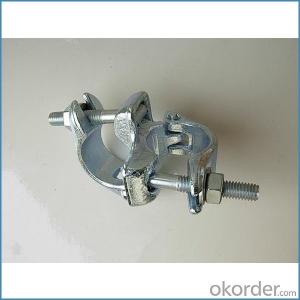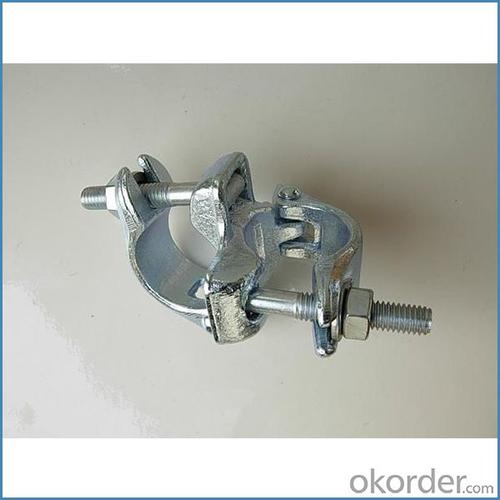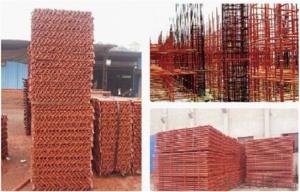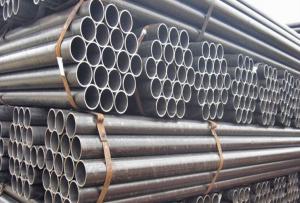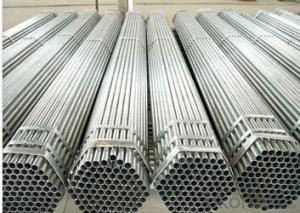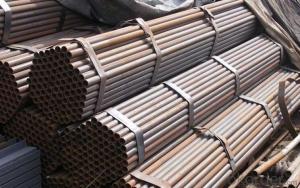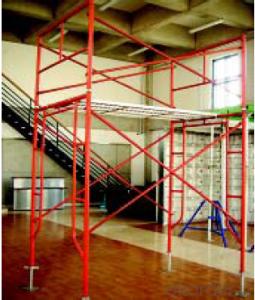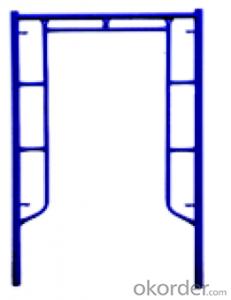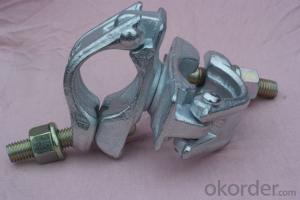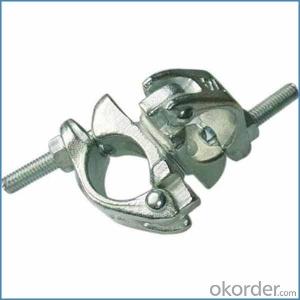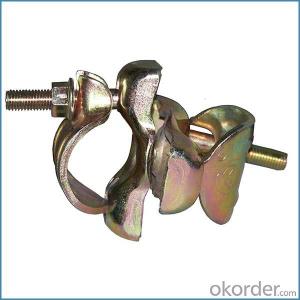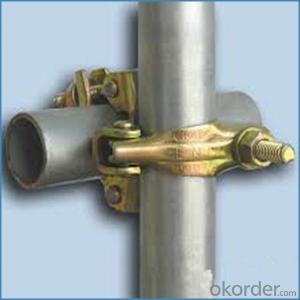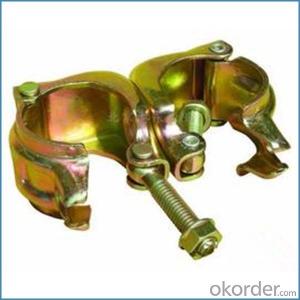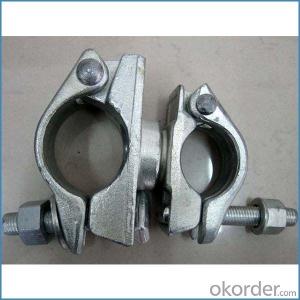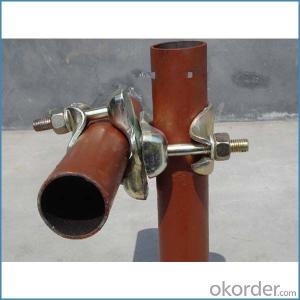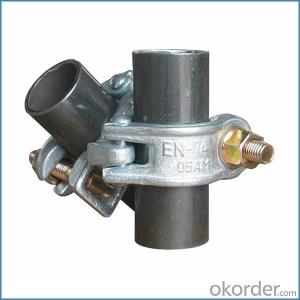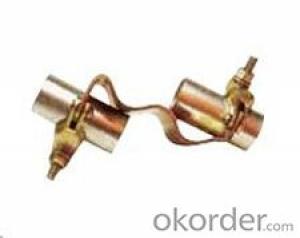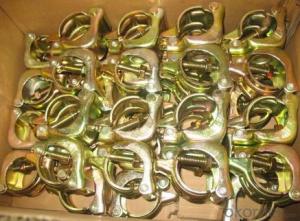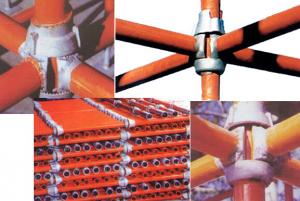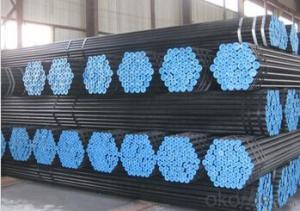Coupler Scaffolding Clamp Double Coupler Type for Sale
- Loading Port:
- Tianjin
- Payment Terms:
- TT OR LC
- Min Order Qty:
- 1000 kg
- Supply Capability:
- 100000 kg/month
OKorder Service Pledge
OKorder Financial Service
You Might Also Like
Coupler Scaffolding Clamp Double Coupler Type for Sale
Description
1.The scaffolding coupler is always used to connect the steel pipe as scaffolding system.
2.The often used coupler is swivel coupler and righ angle coupler .
3.We can provide types of scaffolding coupler according to your requirement.
4.Couoler can fix the 48.3mm scaffolding steel pipe tightly and make the whole scaffolding system more steadily.
5.Material:Q235 steel
6.Overall Size:48.3mm*48.3mm
7.Surface Finish: Galvanized/ Painted
8.Standard:BS1139,EN74
9.Package:25pcs/bag
10.Manufactuering as per customer requirements
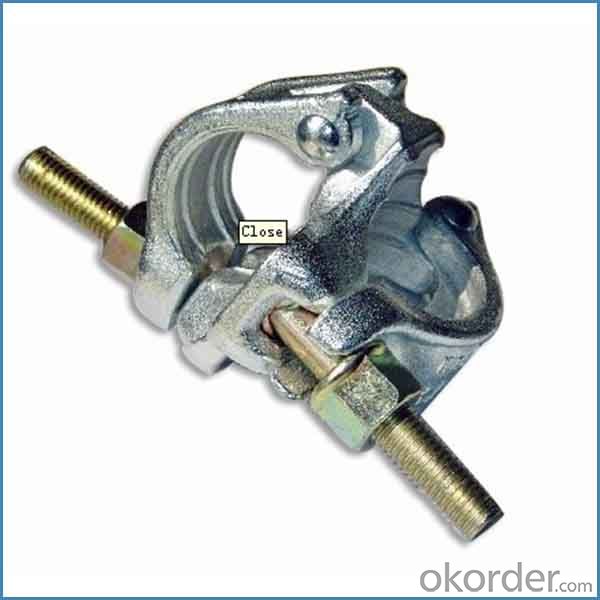
Feature
(1)Excellent Anti-Breaking—Cold Pressed Steel
(2)Outstanding Resistance Deformation
(3)Strong Anti-Dropping Ability
(4)Longtime USe
(5)Qualtity Guaranteed
(6)OEM Service
Photo
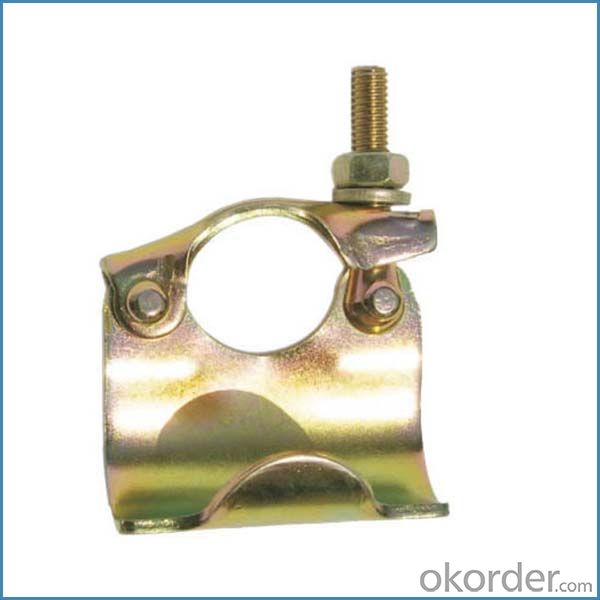
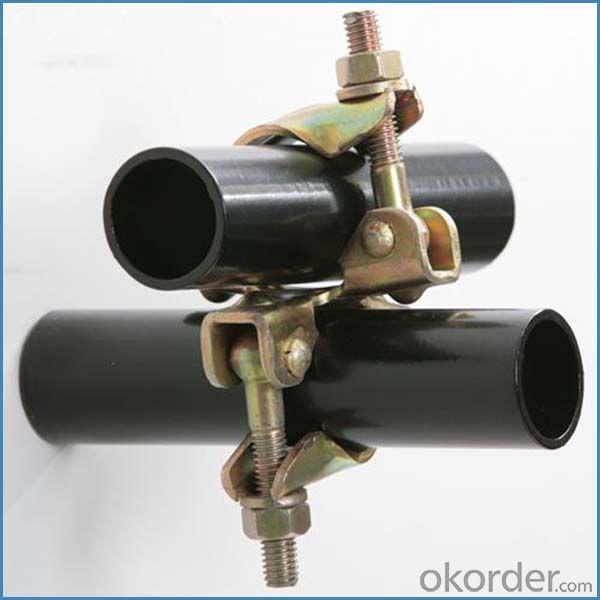
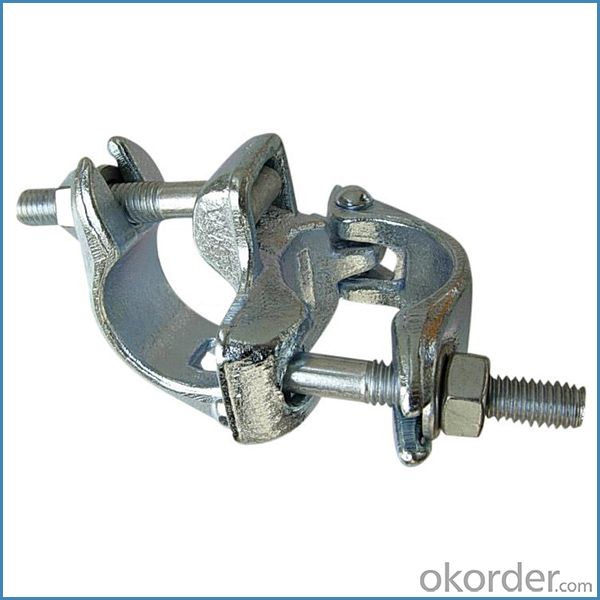
Parameter
| Material | Q235,345steel |
| Size | 48.3mm*48.3mm |
| Surface finish | Galvanized |
| Weight | 1.1kg around |
| Standard | BS1139,EN74 |
| Package | 25pcs/bag,steel pallet |
| Manufacture | As per customer requirement |
| Market | Africa, South America, the Middle East and Asia |
FAQ
Q: Are you a factory or trading company?
We are a state-owned corporation in China,dealing with various kinds of building materials.We have our holding subsidiaries.
Q: Where is your factory located? How can I visit there?
Our factory is located all around China.
Q: Can I get some samples?
Sample is free, customer only pay freight for the first time.
Q: Delivery?
10-30days. (5-15 containers)
Any question,feel free to contact us.
- Q: How do steel tube couplers attach to scaffolding tubes?
- Steel tube couplers attach to scaffolding tubes by being tightened onto the tubes using a bolt and nut mechanism. The coupler has two halves, each with a threaded hole. These halves are placed around the tubes, and the bolt is inserted through the holes and tightened with a nut, securely holding the tubes together.
- Q: Are steel tube couplers suitable for use in seismic or earthquake-prone areas?
- Steel tube couplers are generally suitable for use in seismic or earthquake-prone areas. These couplers are designed to provide a strong and reliable connection between steel tubes, ensuring structural integrity even under dynamic loads caused by seismic activity. They offer several advantages in earthquake-prone areas: 1. Ductility: Steel tube couplers are designed to absorb and dissipate energy during an earthquake. They can withstand significant deformation without failure, exhibiting ductile behavior that helps prevent sudden collapses or structural failures. 2. Strength: Steel tube couplers are made from high-strength materials, which provide the necessary strength to resist seismic forces. They can handle the lateral loads and displacements that occur during an earthquake without compromising the overall stability of the structure. 3. Flexibility: These couplers allow for flexibility in design and construction. They can be easily installed, adjusted, or replaced, which is advantageous in earthquake-prone areas where retrofitting or repairs might be necessary. 4. Compatibility: Steel tube couplers are compatible with various construction techniques and materials. They can be used in combination with reinforced concrete, steel, or timber structures, providing versatility in seismic design and construction. 5. Code Compliance: Steel tube couplers are designed and manufactured to meet or exceed international building codes and standards for seismic regions. They undergo rigorous testing and quality control to ensure their performance in earthquake-prone areas. However, it is important to note that the suitability of steel tube couplers in seismic or earthquake-prone areas also depends on proper engineering design, installation, and maintenance. It is crucial to consult with a qualified structural engineer who can assess the specific requirements of the project and ensure that the couplers are correctly integrated into the seismic design of the structure.
- Q: What are the recommended safety precautions for using steel tube couplers in scaffolding?
- The recommended safety precautions for using steel tube couplers in scaffolding include ensuring proper installation by trained personnel, regularly inspecting the couplers for any signs of damage or wear, using compatible couplers from the same manufacturer, avoiding overloading or excessive stresses on the couplers, and following all relevant safety guidelines and regulations. It is also important to provide adequate training and supervision to workers using scaffolding with steel tube couplers to minimize the risk of accidents or injuries.
- Q: Can steel tube couplers be used with other types of scaffolding systems?
- Yes, steel tube couplers can be used with other types of scaffolding systems. Steel tube couplers are versatile and commonly used in various scaffolding applications. They provide a secure connection between steel tubes, allowing for the construction of stable and strong scaffolding structures. These couplers are designed to work with standard steel tubes of different sizes and can be used with different types of scaffolding systems, including tube and coupler scaffolding, ringlock scaffolding, cuplock scaffolding, and frame scaffolding. Their compatibility with different scaffolding systems makes them a preferred choice for many construction projects.
- Q: Can steel tube couplers be used in scaffolding projects with limited ground anchoring options?
- Yes, steel tube couplers can be used in scaffolding projects with limited ground anchoring options. Steel tube couplers are designed to join scaffold tubes together securely, providing a strong and stable structure. In situations where ground anchoring options are limited, steel tube couplers offer a reliable alternative for creating a safe scaffolding system. Steel tube couplers are typically manufactured from high-quality steel, ensuring durability and strength. They are designed to withstand heavy loads and provide a secure connection between scaffold tubes. This makes them suitable for use in scaffolding projects where ground anchoring options may not be available or feasible. Additionally, steel tube couplers offer flexibility in scaffolding design and assembly. They can be used to create various configurations and adapt to different project requirements. This adaptability allows scaffolding to be constructed in areas where traditional ground anchoring methods, such as base plates or anchors, may not be possible. However, it is important to note that the use of steel tube couplers in scaffolding projects with limited ground anchoring options should be done in accordance with relevant safety regulations and guidelines. Proper planning, design, and installation are crucial to ensure the stability and safety of the scaffold structure. In summary, steel tube couplers can be effectively used in scaffolding projects with limited ground anchoring options. Their strength, durability, and flexibility make them a reliable choice for creating stable scaffolding structures in various situations.
- Q: Are steel tube couplers resistant to vibration or movement in scaffolding structures?
- Yes, steel tube couplers are highly resistant to vibration and movement in scaffolding structures. Due to their strong and sturdy construction, these couplers provide excellent stability and ensure that the scaffolding remains secure even in dynamic or vibrating conditions.
- Q: Are steel tube couplers compatible with different scaffolding standards?
- Yes, steel tube couplers are compatible with different scaffolding standards. They are designed to connect and secure scaffolding tubes, allowing for flexibility and compatibility across various scaffolding systems and standards.
- Q: Are steel tube couplers suitable for scaffolding projects involving high humidity or moisture levels?
- Steel tube couplers are generally suitable for scaffolding projects involving high humidity or moisture levels. Steel is known for its durability and resistance to corrosion, making it a reliable choice for such environments. However, it is important to ensure that the steel tube couplers are properly coated or galvanized to provide additional protection against moisture and humidity. Regular maintenance and inspection of the couplers will also help to identify and address any signs of corrosion or damage. Additionally, using appropriate sealing materials or techniques can further enhance the resistance of steel tube couplers to moisture. Overall, steel tube couplers can be a suitable choice for scaffolding projects in high humidity or moisture levels, provided proper maintenance and protection measures are taken.
- Q: Are steel tube couplers suitable for scaffolding projects with complex and intricate designs?
- Scaffolding projects with complex and intricate designs can benefit from the use of steel tube couplers. These couplers offer versatility, allowing for the connection of various scaffolding components, including tubes, boards, and fittings, to create elaborate scaffolding structures. The strength and durability of steel tube couplers make them an ideal choice for supporting heavy loads and ensuring worker safety. Their design enables secure and stable connections, even in designs requiring multiple angles and connections. Moreover, steel tube couplers are easy to install and adjust, making them indispensable in projects with intricate designs. They provide a reliable and flexible solution for creating customized scaffolding structures that meet specific project requirements. Furthermore, steel tube couplers are widely used in the construction industry and have undergone rigorous testing to meet safety standards. This guarantees that projects with complex and intricate designs can be executed confidently, knowing that the steel tube couplers will offer the necessary strength and stability. In summary, steel tube couplers are well-suited for scaffolding projects with complex and intricate designs. Their strength, durability, ease of installation, and compliance with safety standards make them an excellent choice for creating customized scaffolding structures that can effectively support the demands of such projects.
- Q: How do you properly secure steel tube couplers in scaffolding?
- To properly secure steel tube couplers in scaffolding, there are a few steps to follow. First, ensure proper alignment of the tubes and couplers before attempting to secure them. Then, tighten the coupler bolts using an appropriate wrench or spanner. It is important to tighten the bolts firmly enough to provide a secure connection but not to the point of damaging the coupler or the tube. Regular inspections and maintenance should be performed to check for any loosening or wear in the couplers, and if any issues are found, they should be immediately addressed to maintain the safety and stability of the scaffolding structure.
Send your message to us
Coupler Scaffolding Clamp Double Coupler Type for Sale
- Loading Port:
- Tianjin
- Payment Terms:
- TT OR LC
- Min Order Qty:
- 1000 kg
- Supply Capability:
- 100000 kg/month
OKorder Service Pledge
OKorder Financial Service
Similar products
Hot products
Hot Searches
